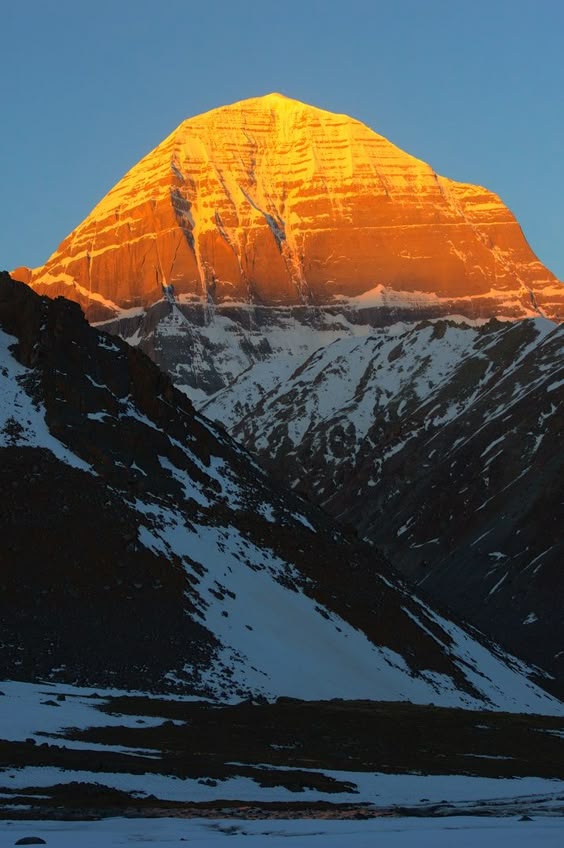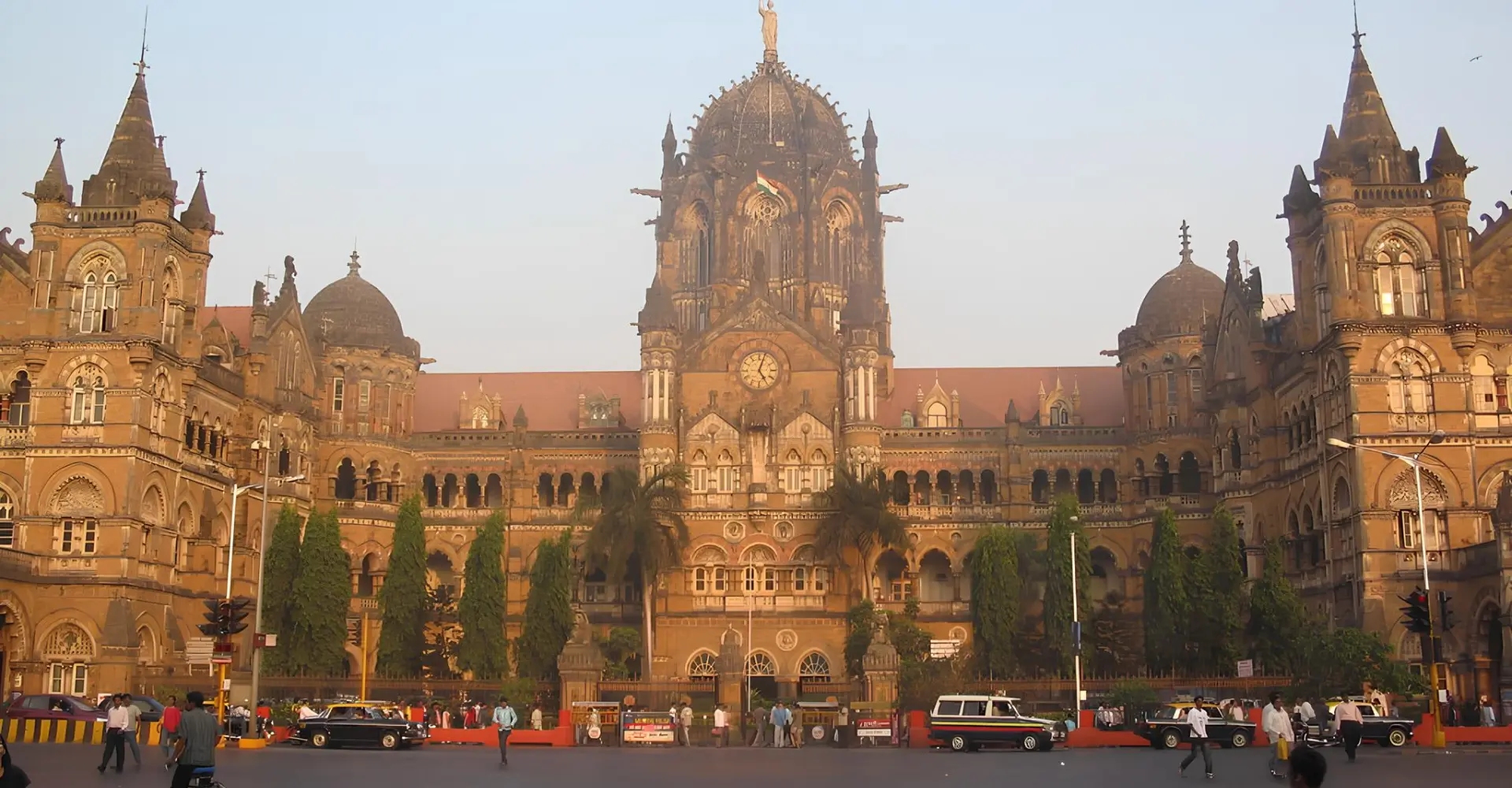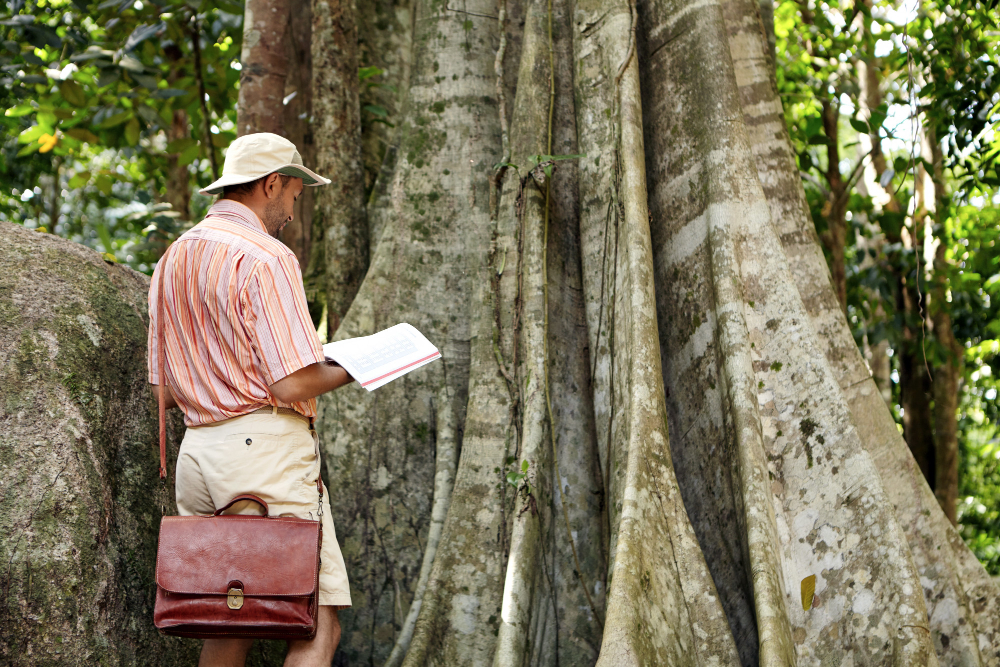Tucked away in the Garhwal Himalayas of Uttarakhand, Kedarnath is not just a destination; it is a powerful spiritual and emotional experience. One of the most significant sites for Hindu pilgrims, this revered town draws thousands every year, who brave difficult terrain and high altitudes in search of divine peace. What makes Kedarnath truly special is the rare blend of mythological importance, architectural brilliance, and breathtaking natural surroundings. Equally important is knowing the best time to visit Kedarnath, which enhances the overall experience and safety of the journey.
This ancient town is best known for the Kedarnath Temple, one of the twelve Jyotirlingas of Lord Shiva. But beyond its religious significance, the destination offers tranquility, natural wonder, and a deeply personal journey that affects every visitor in unique ways.
Mythology Rooted in the Himalayas
The story of Kedarnath is deeply embedded in Hindu mythology. It is believed that after the Mahabharata war, the Pandavas came to the Himalayas to seek forgiveness from Lord Shiva for the bloodshed. Shiva, avoiding them, disguised himself as a bull. When Bhima recognized him, the Lord disappeared into the earth, leaving behind his hump at Kedarnath.
The temple built at this sacred spot stands as a tribute to that divine moment. Its location in the middle of the mountains, far removed from urban development, only adds to its spiritual magnetism. The sheer remoteness of Kedarnath reinforces its value—not just as a place of worship, but as a spiritual retreat from the distractions of modern life.
Architectural Wonder in Harsh Terrain
The Kedarnath Temple is a 1,200-year-old marvel constructed from enormous stone slabs. Built by the Pandavas and later revived by Adi Shankaracharya in the 8th century, the temple has endured harsh weather, earthquakes, and even the catastrophic 2013 floods. Yet it stands resilient, drawing people from across the world who marvel at its existence in such a hostile environment.
Its interiors are simple yet powerful. The lingam inside is an unusual conical shape, symbolizing Lord Shiva’s presence. The setting—surrounded by snow-capped mountains and the Mandakini River—creates an unmatched aura of peace and reverence.
The Spiritual Trek to Kedarnath
Getting to Kedarnath isn’t easy—and that’s what makes it so rewarding. The journey involves a 16 km trek from Gaurikund, winding through rocky trails, dense forests, and scenic viewpoints. The spiritual impact of this pilgrimage is intensified by the physical challenge. It’s a metaphorical climb, where each step forward strips away worldly worries and brings the pilgrim closer to spiritual clarity.
For those unable to walk, options such as ponies, palanquins, and helicopter services are available. But walking remains the most intimate way to experience this holy route, connecting body, mind, and spirit.
The Natural Majesty of Kedarnath
One cannot talk about Kedarnath without mentioning its awe-inspiring landscape. Set against the backdrop of the Kedarnath peak, the region is a showcase of Himalayan beauty—alpine forests, gushing rivers, and meadows bursting with seasonal wildflowers.
Wildlife sightings, crystal-clear skies, and the sheer silence of the valleys make it more than just a religious destination. It’s also a sanctuary for those seeking a deep connection with nature.
Knowing the best time to visit Kedarnath ensures you see this beauty in its full glory. From lush green summers to snow-dusted autumns, each season offers something unique—but timing is everything when venturing into such remote and weather-sensitive terrain.
The 2013 Tragedy and Its Aftermath
In 2013, Kedarnath faced one of the worst natural disasters in Indian history. A cloudburst triggered massive floods and landslides, resulting in significant loss of life and infrastructure. Yet, in the middle of the destruction, the Kedarnath Temple remained intact—a miracle, many say.
Since then, extensive reconstruction and safety efforts have been made. Today, with improved facilities and better connectivity, the pilgrimage is safer and more organized than ever before. Still, understanding the best time to visit Kedarnath is essential to avoid harsh conditions and travel disruptions.
Best Time to Visit Kedarnath
The best time to visit Kedarnath is during the pre-monsoon (May to June) and post-monsoon (September to mid-November) months. These periods offer clear skies, accessible trekking routes, and minimal weather-related hazards.
-
May to June: This is the most popular time. The snow begins to melt, flowers bloom along the trekking route, and temperatures are moderately cold but bearable.
-
September to November: Post-monsoon, the weather is calm and the skies are usually clear. This is a great time for photography and peaceful darshan, as the crowds thin out.
Avoid the monsoon season (July–August) due to the risk of landslides and poor road conditions. Likewise, winter (late November to April) brings heavy snowfall, and the temple remains closed, though a symbolic idol of Lord Shiva is moved to Ukhimath for worship during this time.
Planning your trip during the best time to visit Kedarnath ensures a safer, more fulfilling, and more spiritually enriching experience.
Other Attractions Nearby
Apart from the main shrine, Kedarnath offers several nearby attractions worth exploring:
-
Bhairavnath Temple: Located close to the main shrine, believed to be the guardian of the region.
-
Vasuki Tal: A beautiful glacial lake, reachable via a moderate trek.
-
Gaurikund: The starting point of the trek, with its own hot springs and spiritual importance.
-
Chorabari Tal (Gandhi Sarovar): A serene lake where Mahatma Gandhi’s ashes were immersed.
Each of these places adds depth and richness to the Kedarnath journey.
Final Thoughts
Kedarnath is more than a destination—it’s a spiritual test, a natural sanctuary, and a living monument to faith and resilience. What makes it so special is not just the mythology or the temple, but the combination of every element—the story, the landscape, the people, and the journey.
And to truly absorb its magic, knowing the best time to visit Kedarnath is key. When visited with the right timing and intention, Kedarnath doesn’t just touch your senses—it leaves an imprint on your soul.


